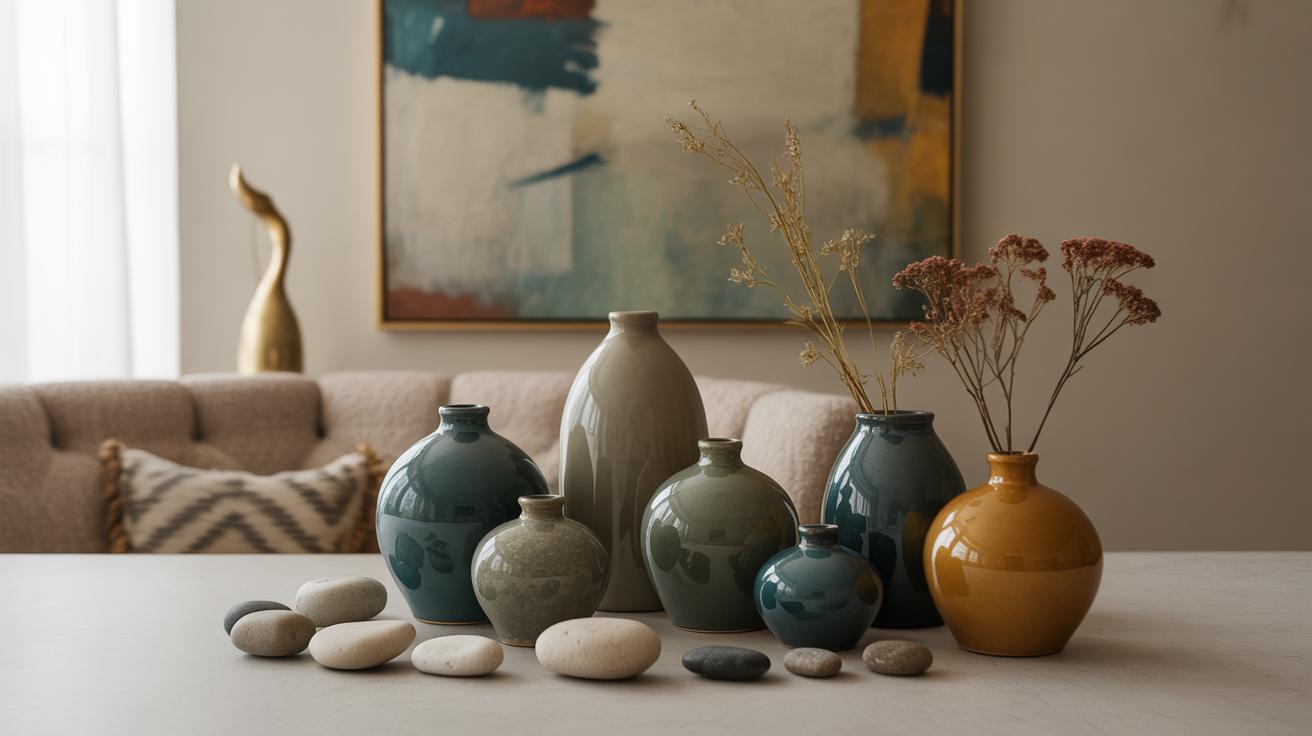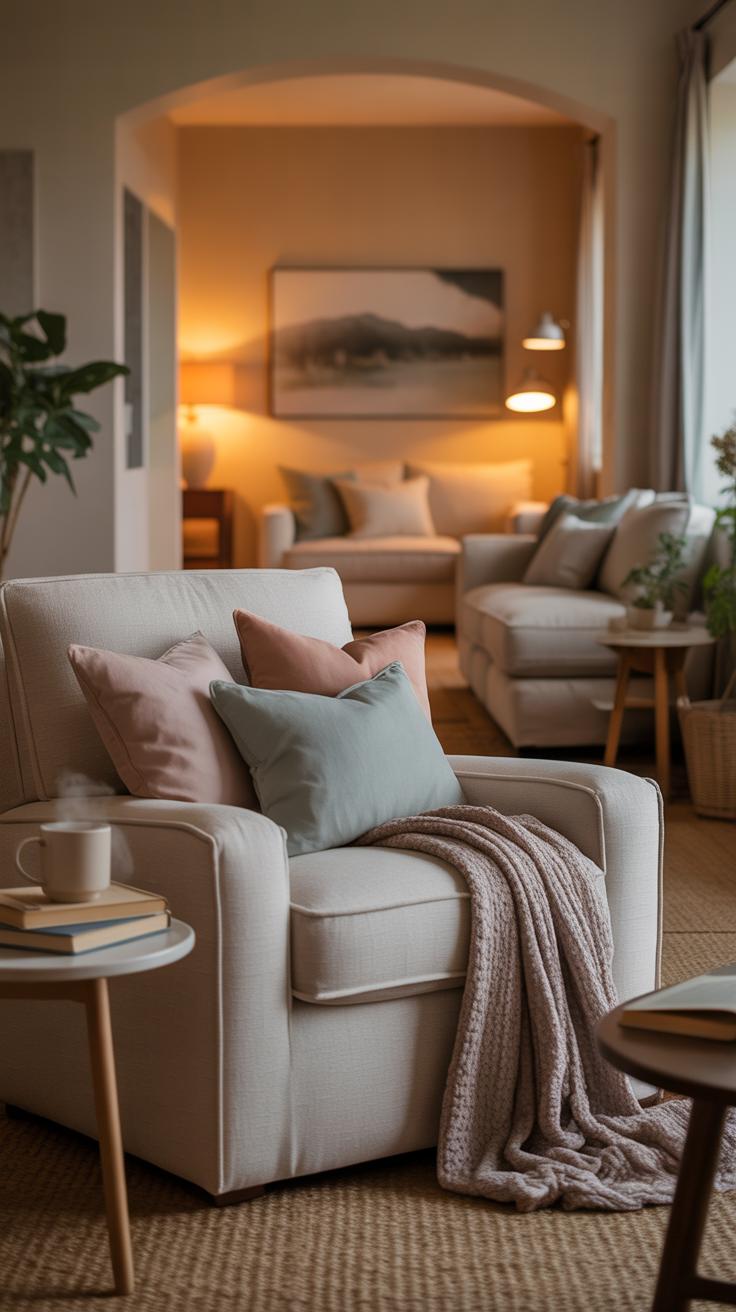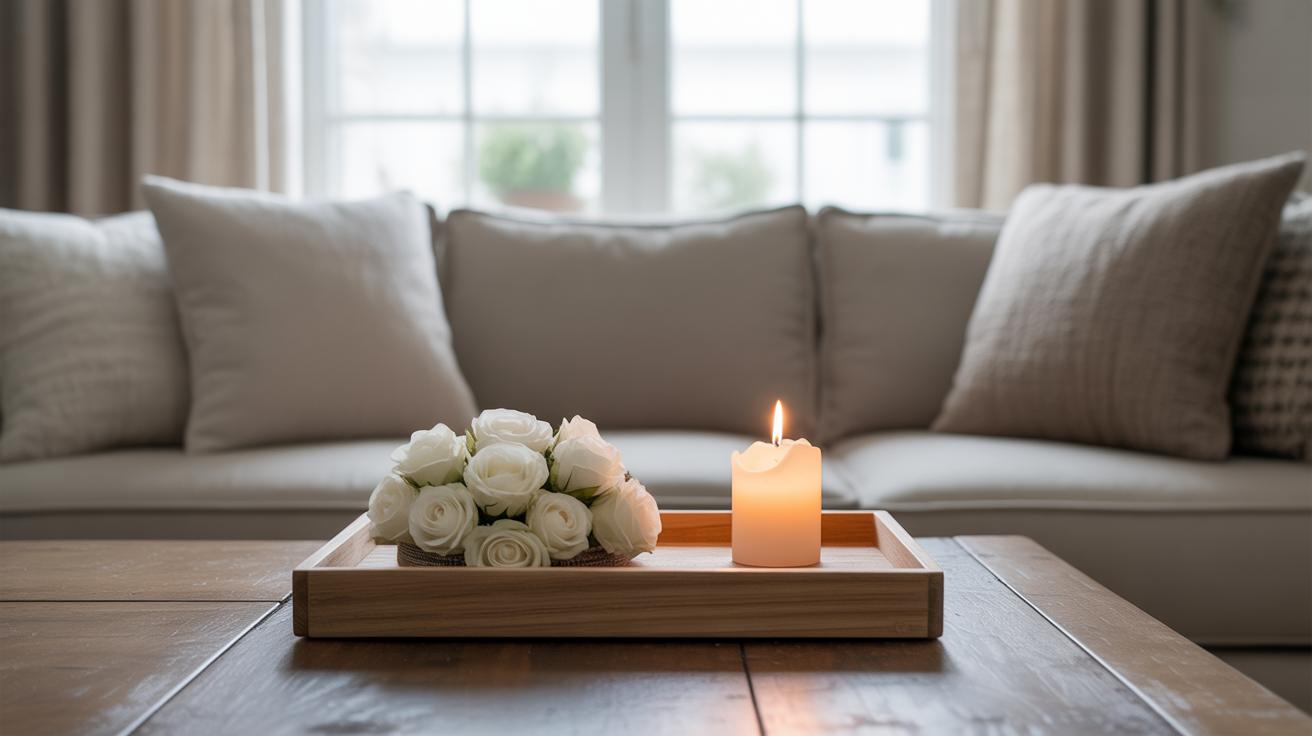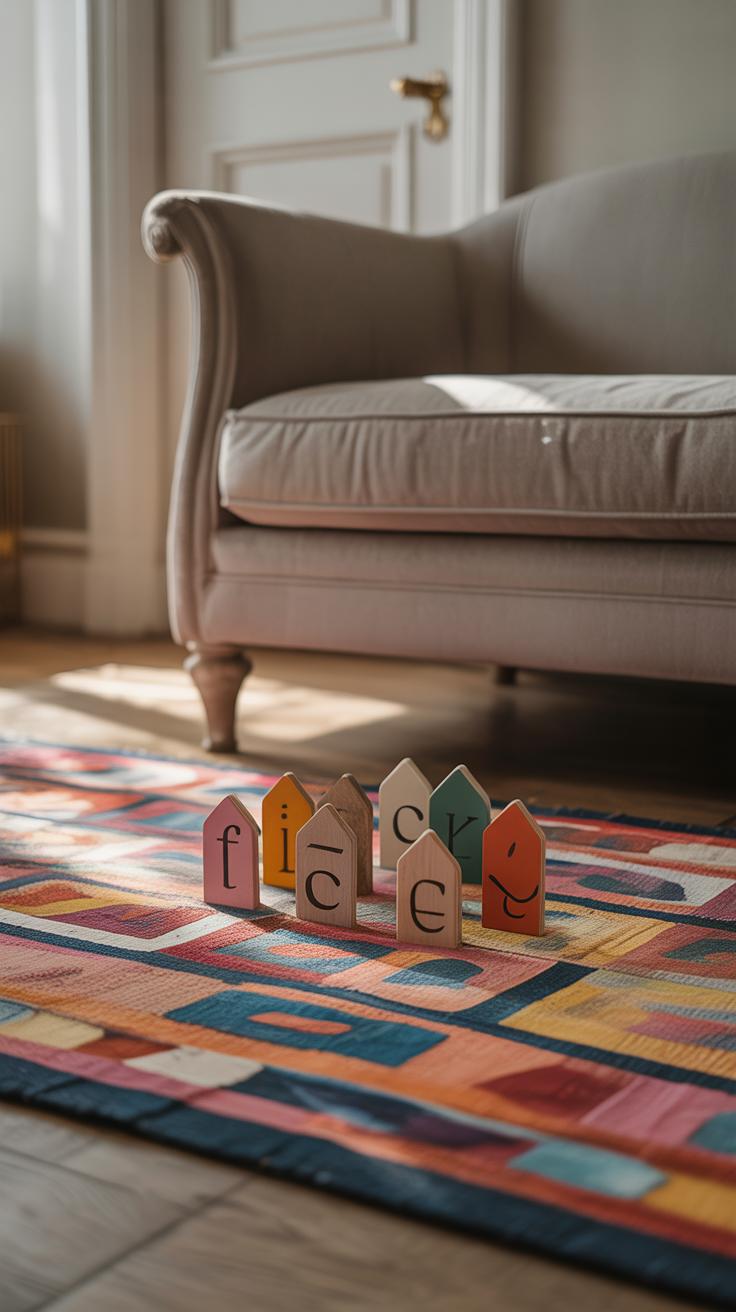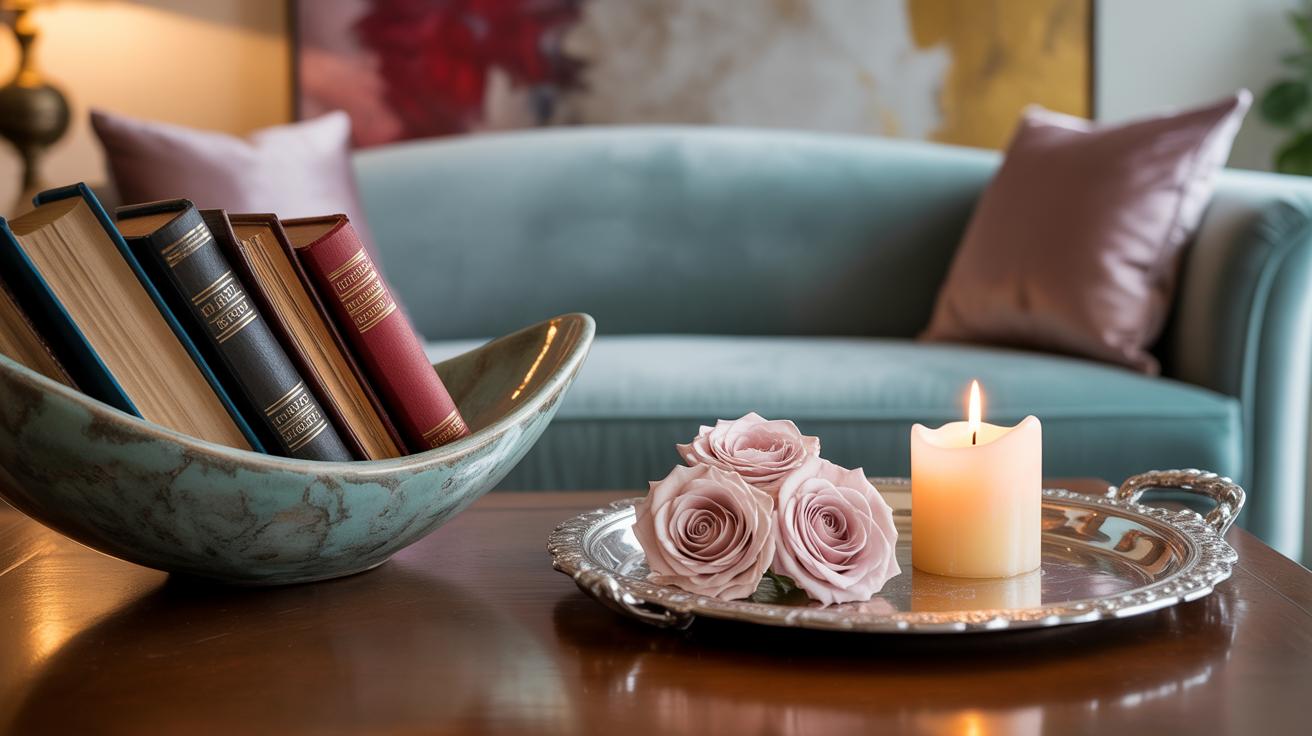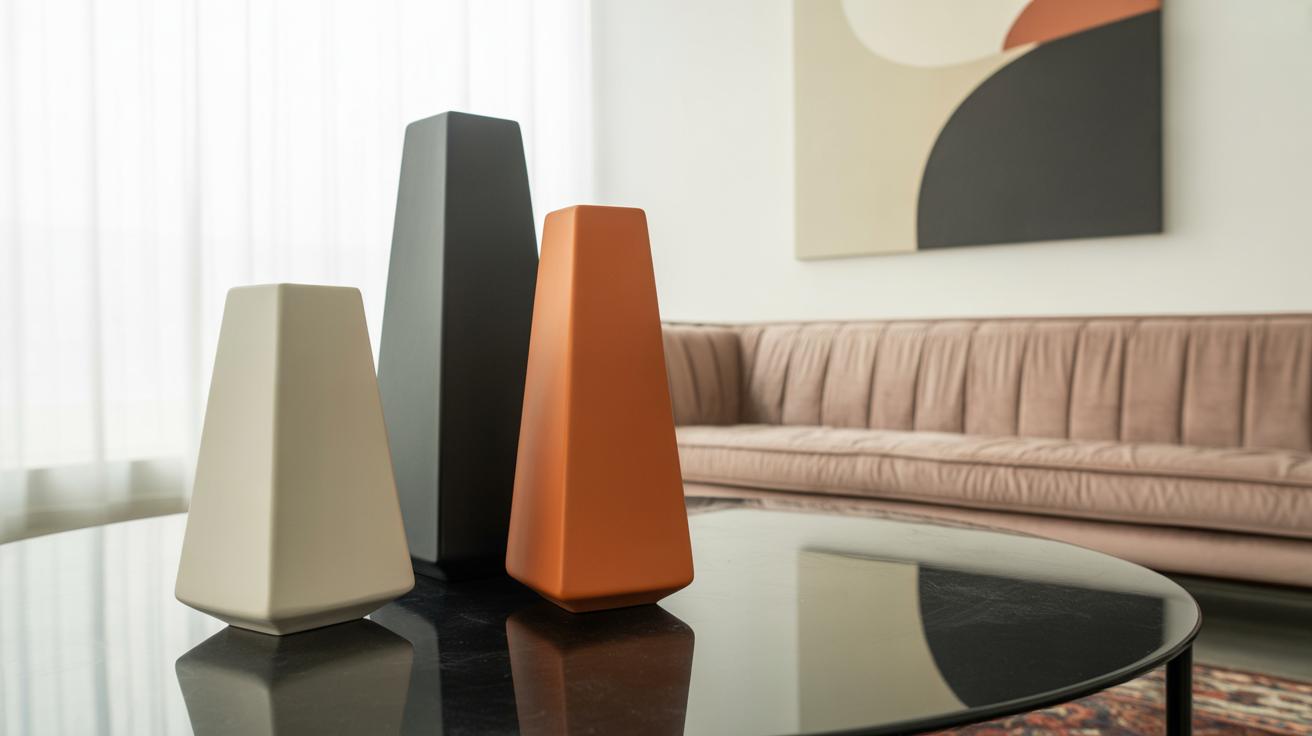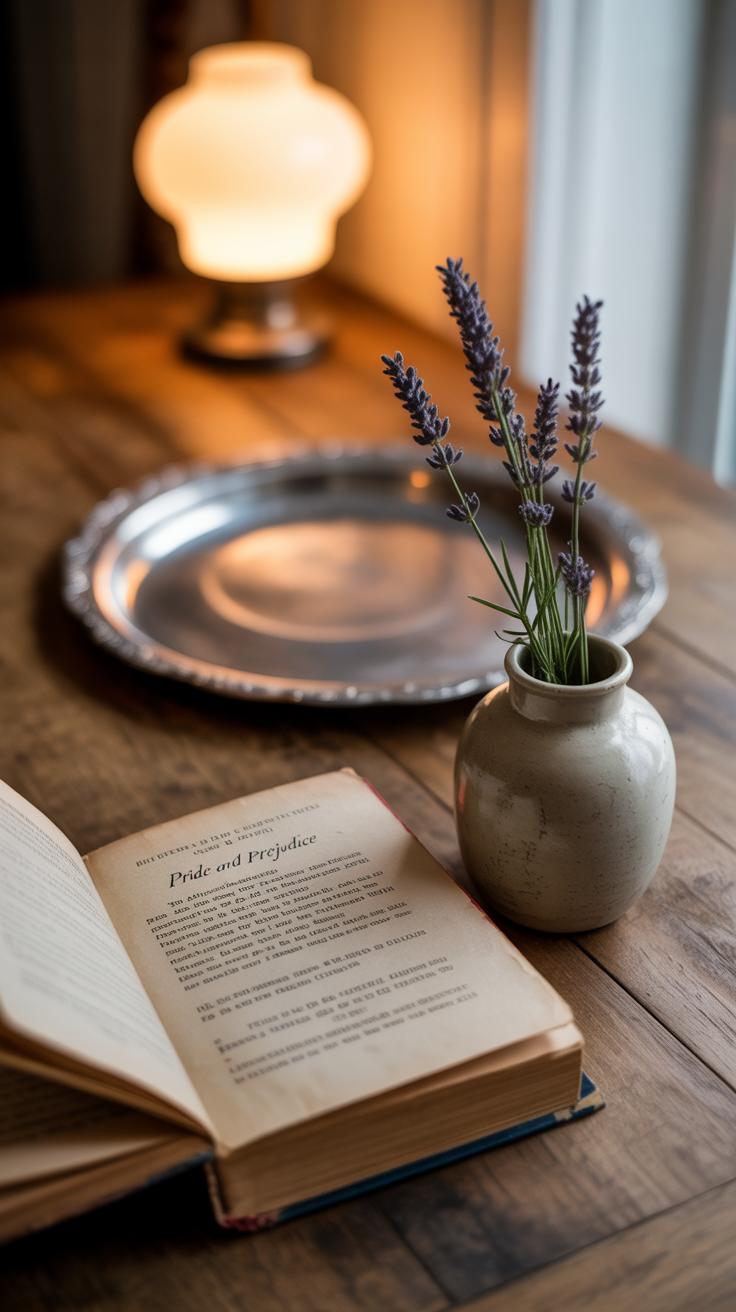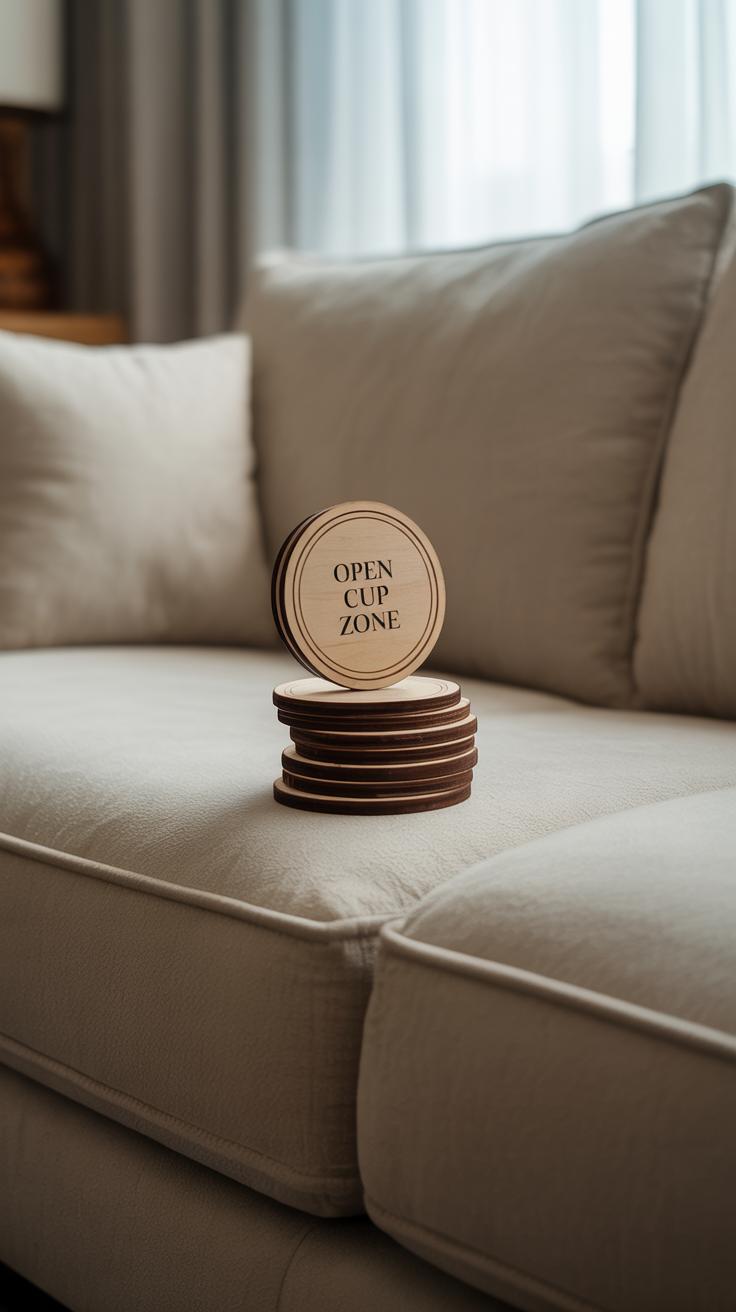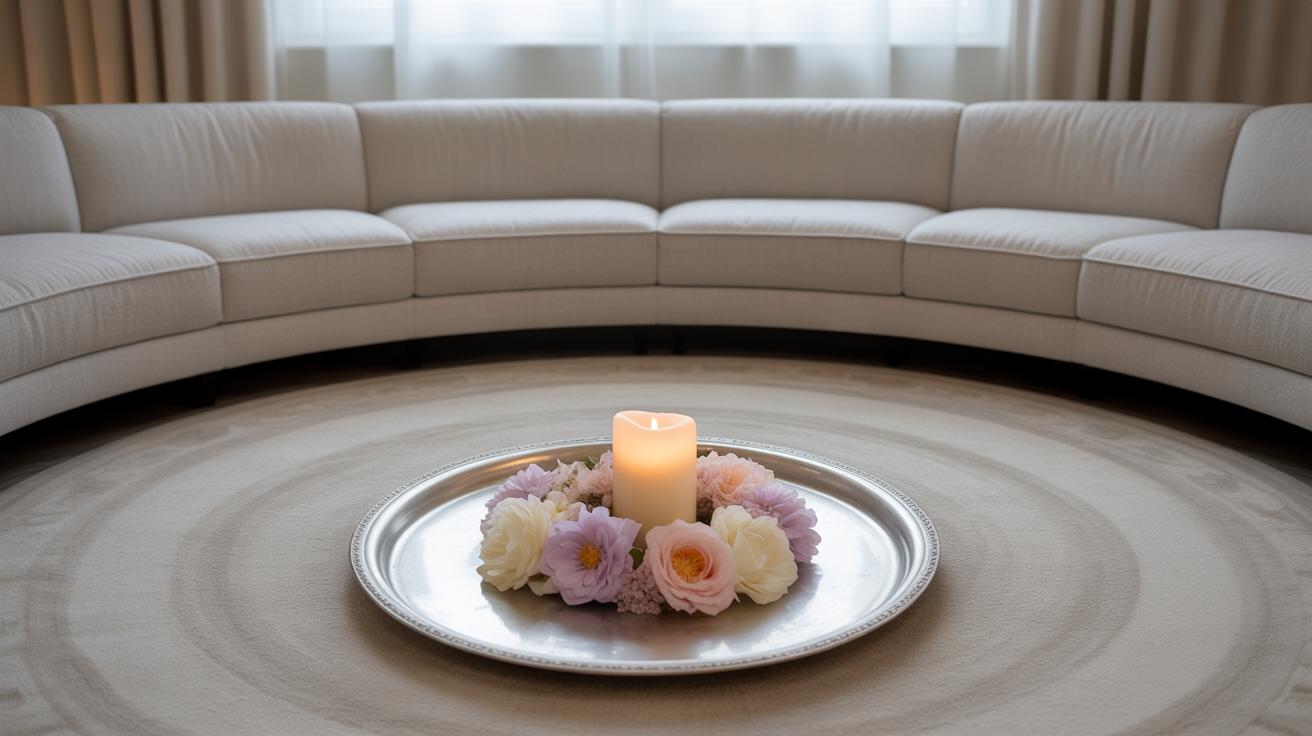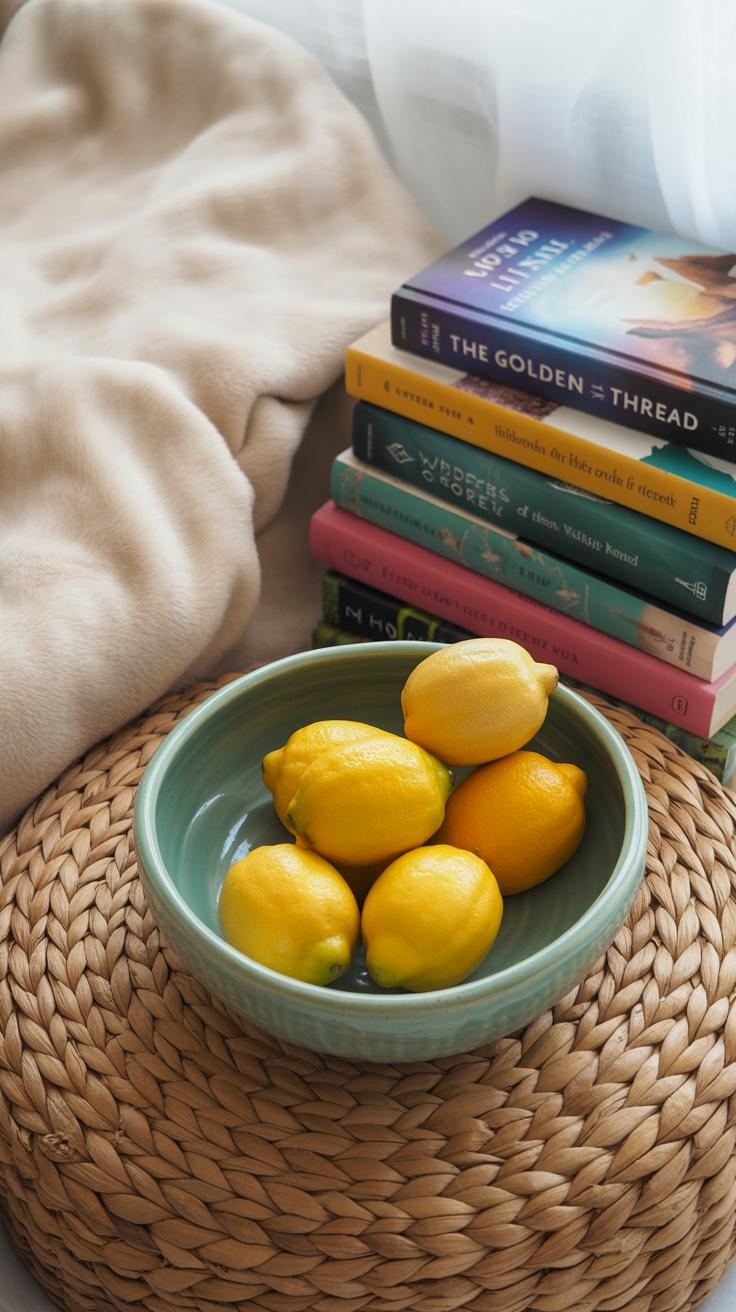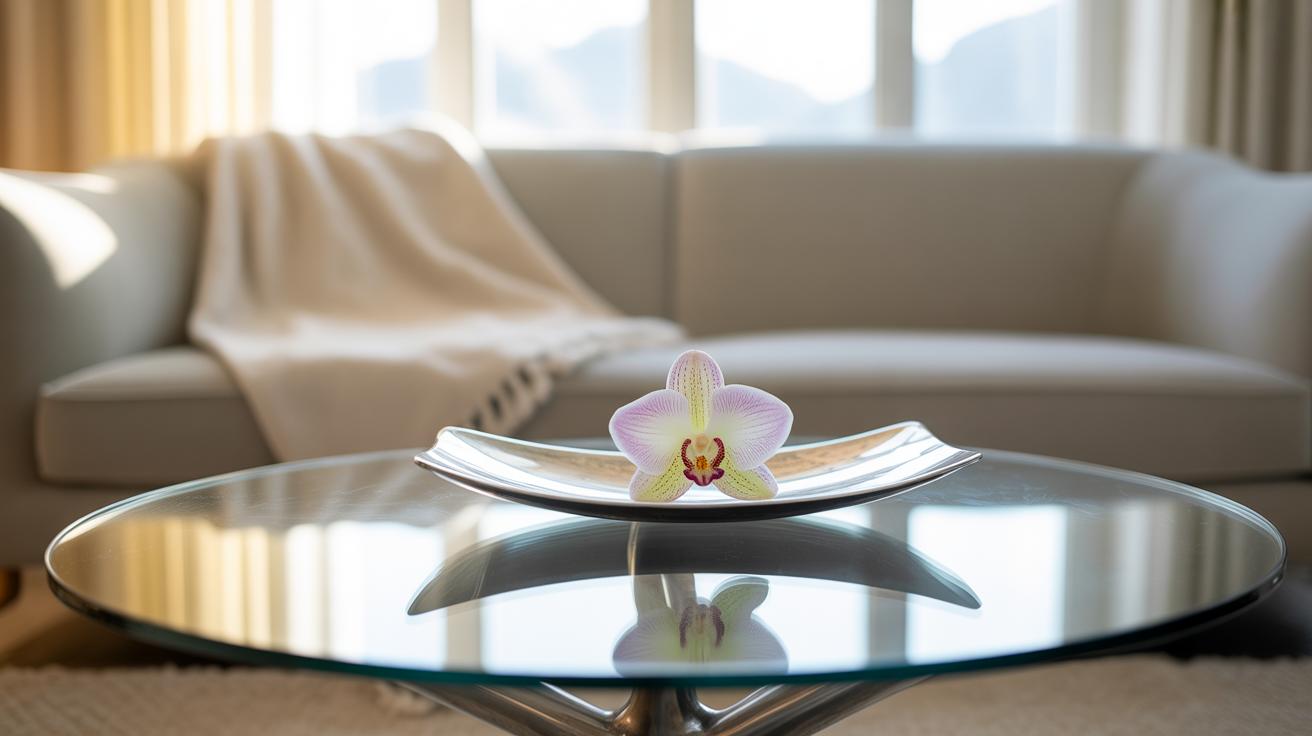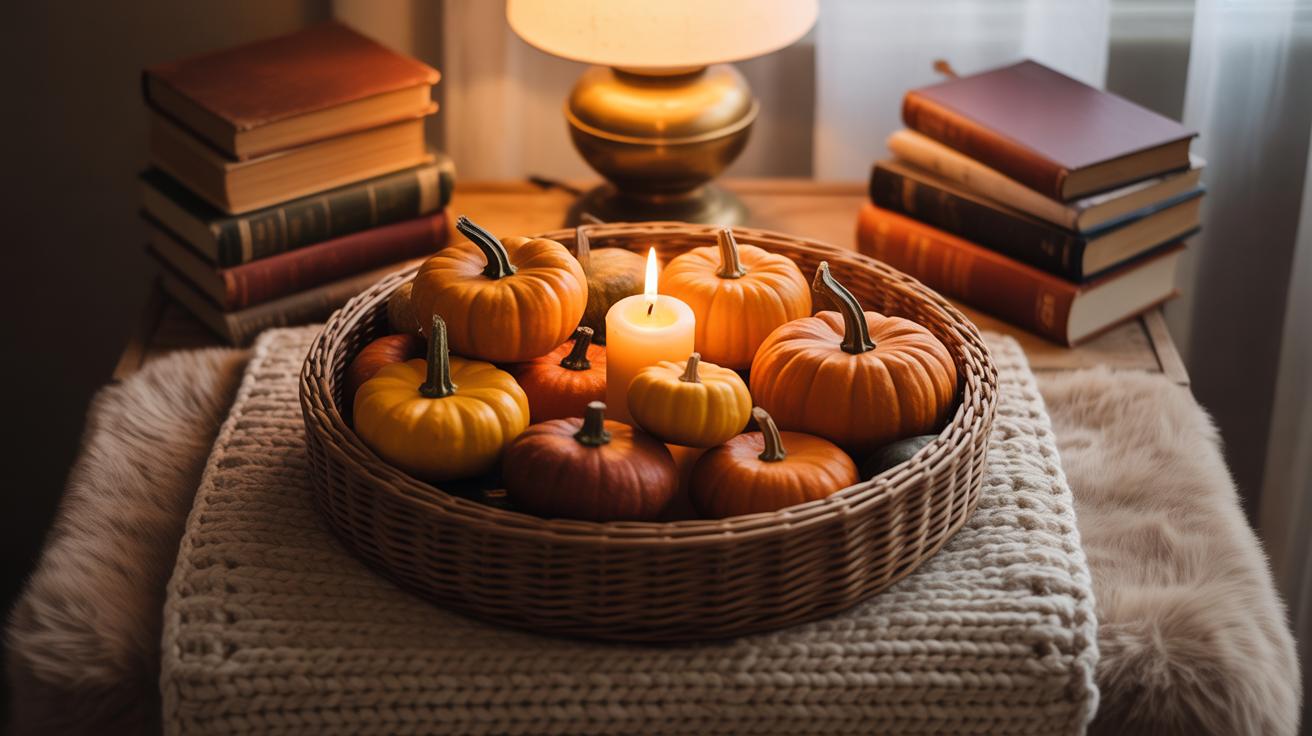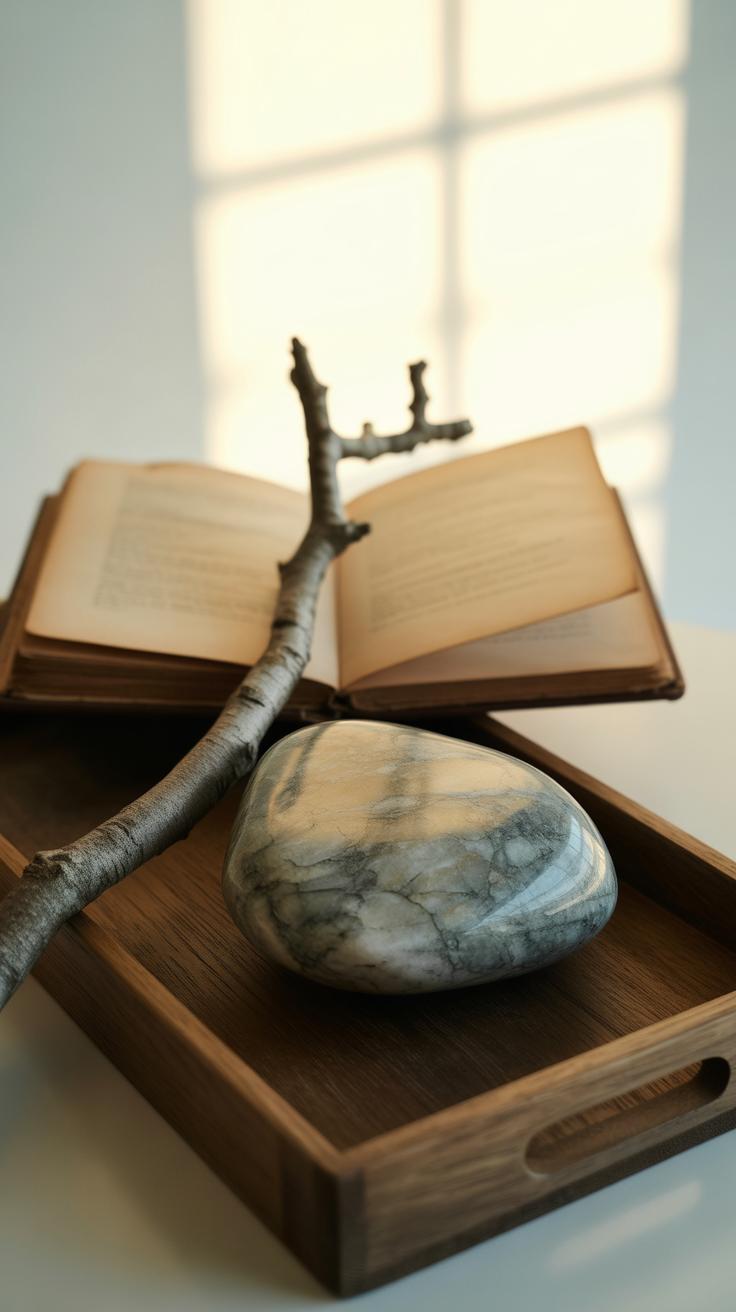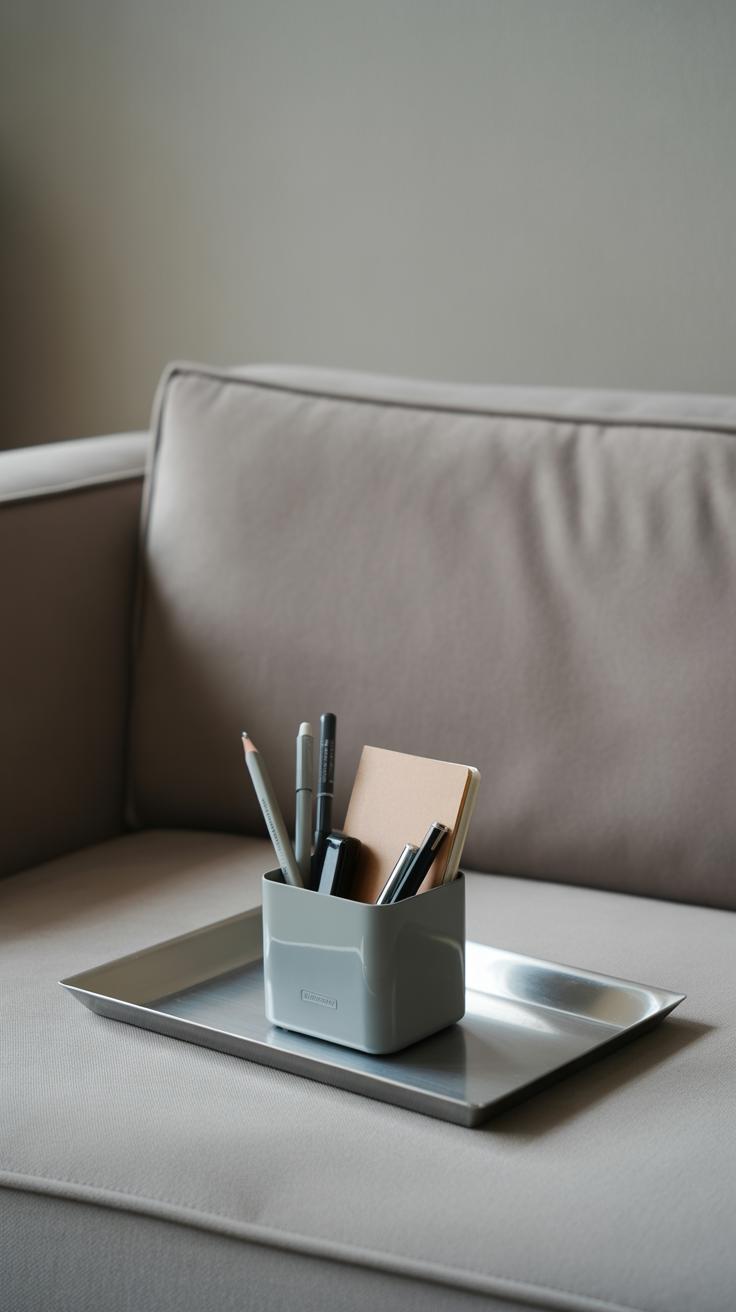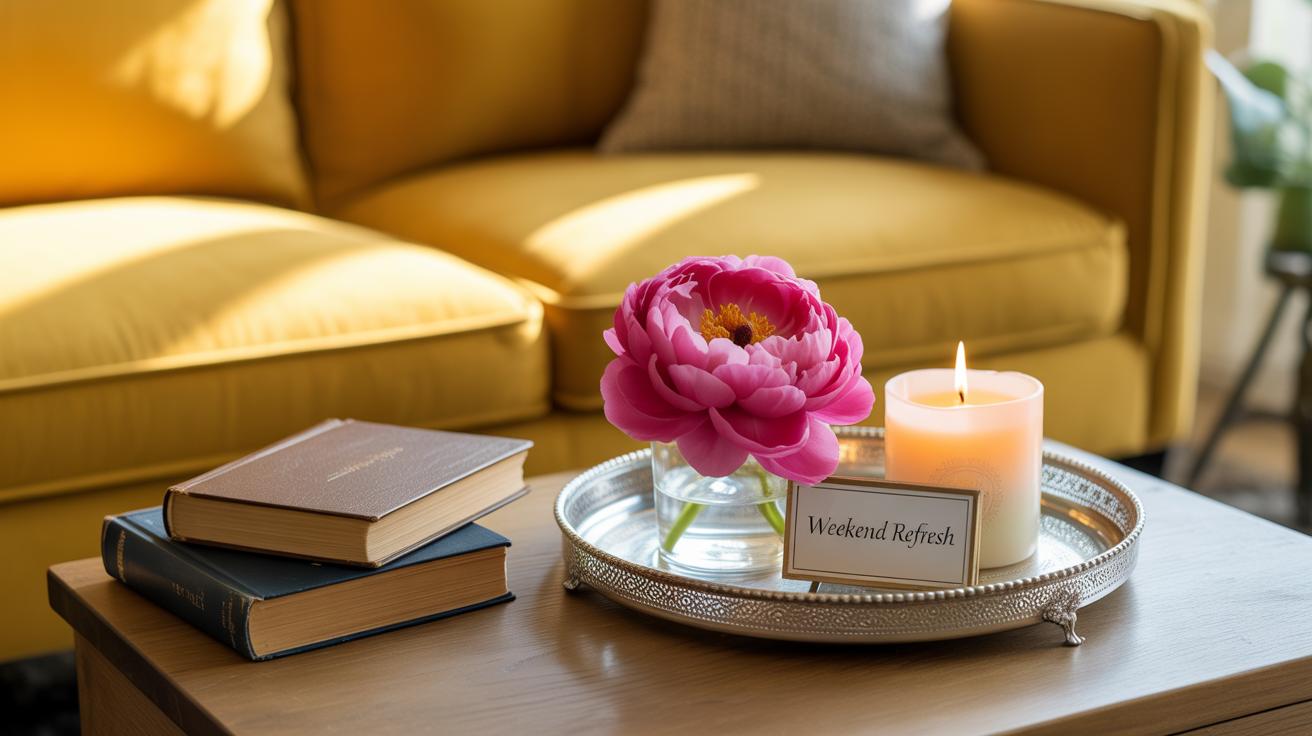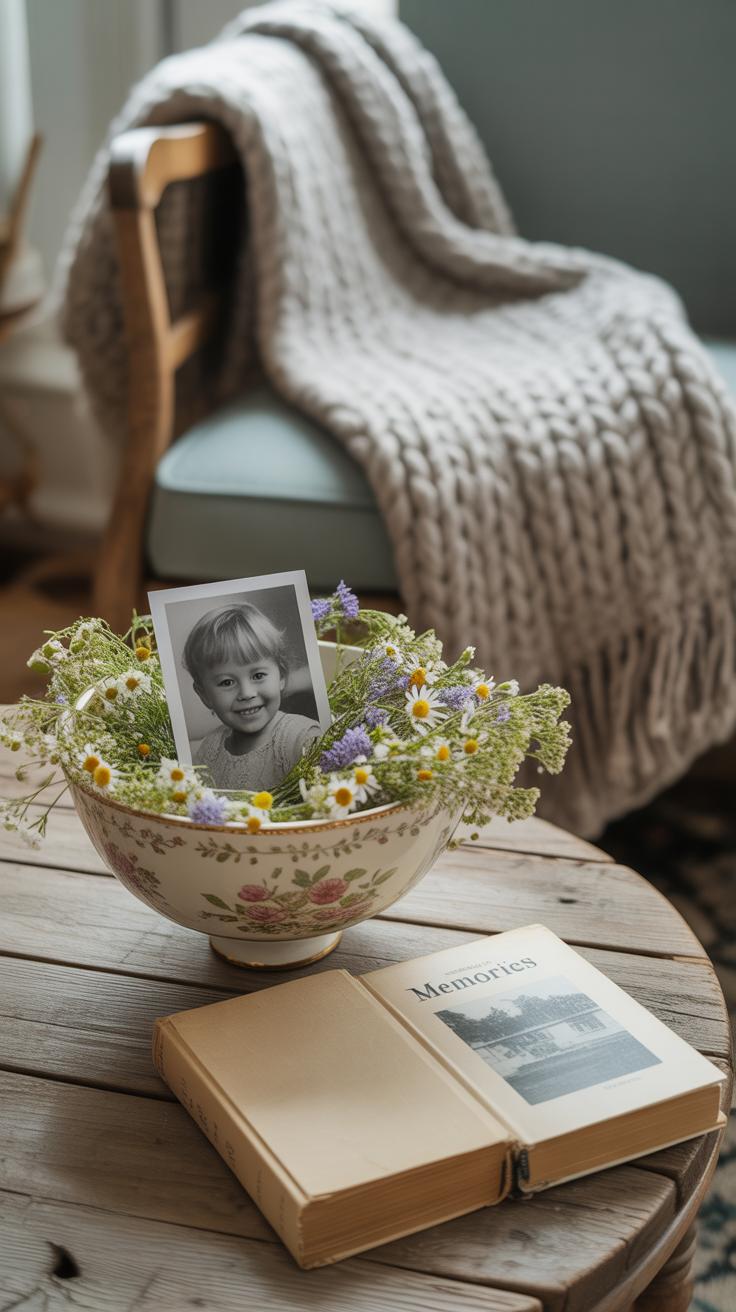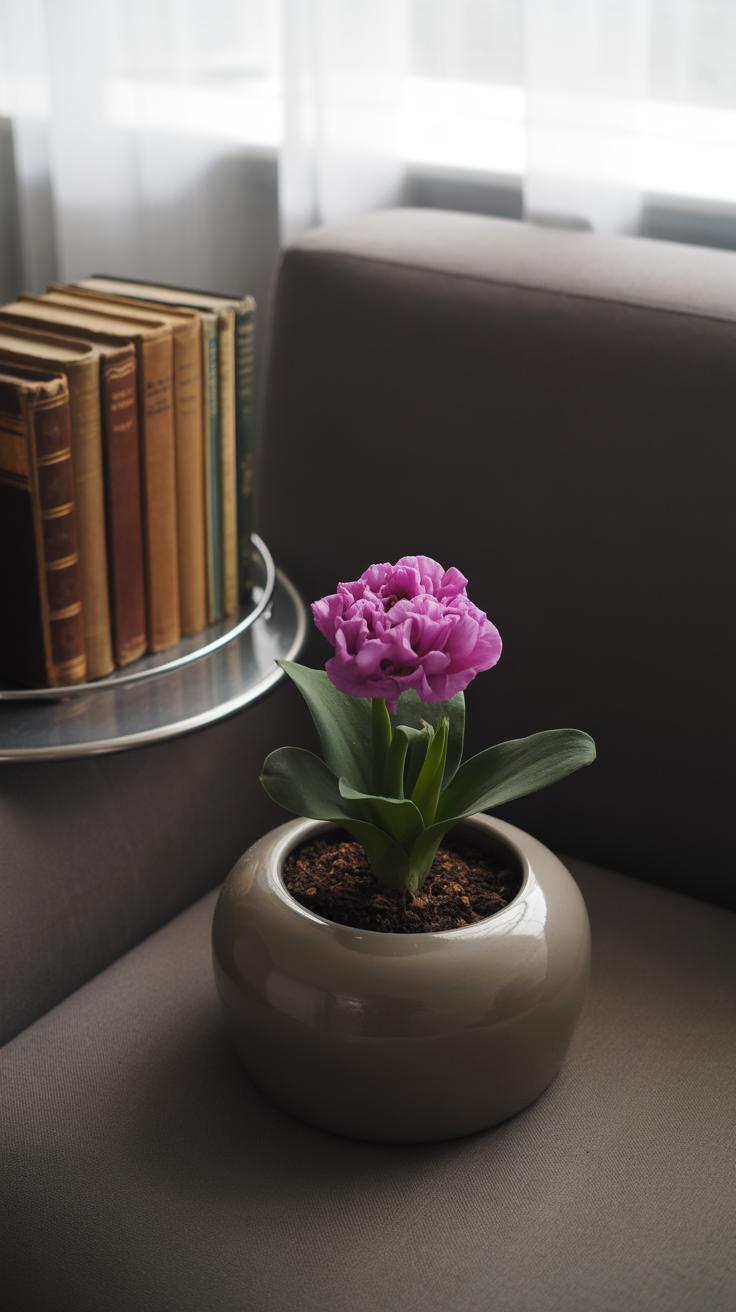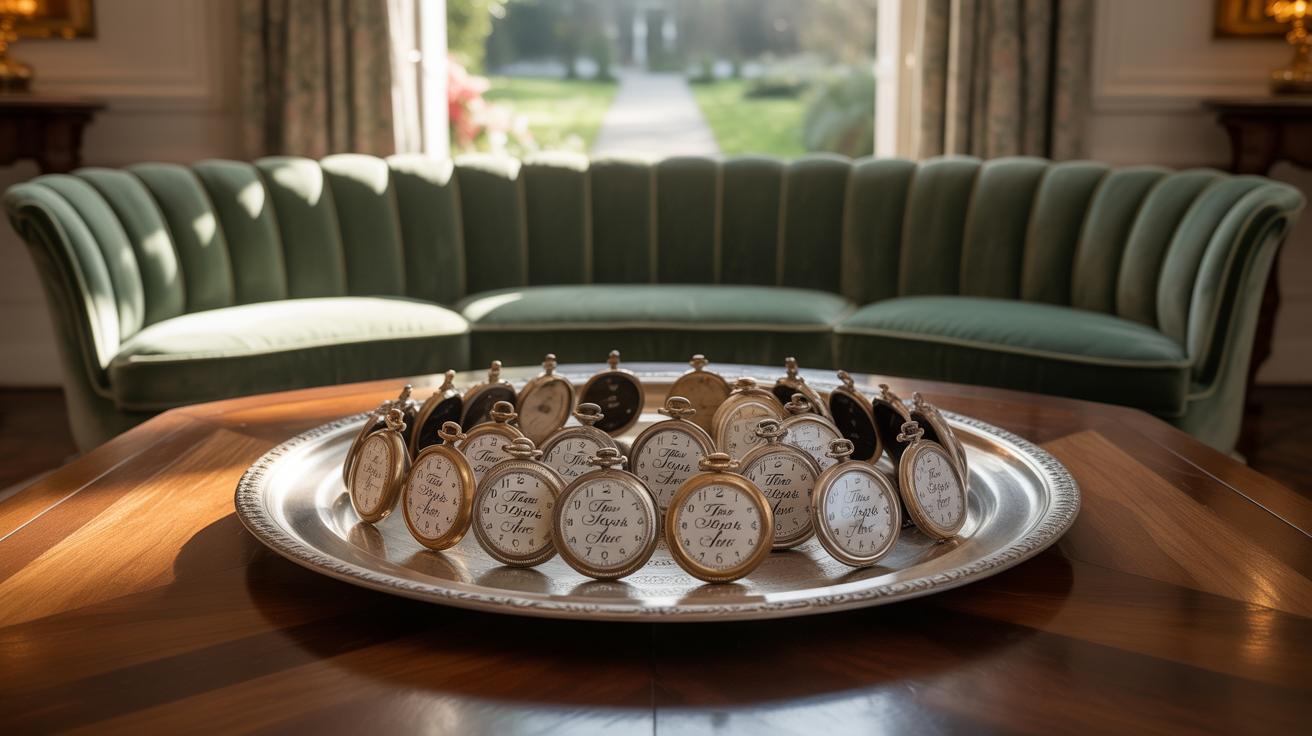Introduction
The coffee table is often the centerpiece of your living room. It is more than just a functional piece—it can set the style and mood of the entire space. When you decorate your coffee table thoughtfully, it can tie together all the elements around it, such as furniture, rugs, and art.
This article explores how to decorate your living room coffee table in a way that creates a harmonious and inviting environment. You will learn about selecting the right items, arranging them well, and making choices that match your personal style and needs.
Understanding the Role of a Coffee Table in Your Living Room
Why the Coffee Table Matters
You might not always stop to think about it, but the coffee table plays a surprisingly big role in your living room. It’s not just a place to set down your drink or a stack of magazines. Functionally, it offers a surface within arm’s reach where you can rest items, display decorative pieces, or even eat casually. But its impact goes beyond utility.
In terms of style, the coffee table often acts as the anchor for your seating area. It can set the tone—from sleek and modern to rustic and cozy—depending on its shape, material, and finish. Sometimes it’s the piece that gives your room its personality, even if subtly. Think about it: a shiny glass table communicates something different than a chunky wooden one, right? I guess it’s a bit like a quiet first impression.
How it Connects the Room
Beyond serving its own purpose, the coffee table binds different elements in the living room together. It sits smack in the middle, visually linking sofas, chairs, rugs, and even lighting. When chosen thoughtfully, it can highlight colors, textures, or styles already present and create a sense of cohesion. Sometimes, a well-styled coffee table feels like the missing piece that pulls everything into place.
It’s also interesting how it reflects your own habits and lifestyle. For example, a low-profile table might invite lounging and conversation, while one with storage or shelves encourages organization. Does it sound a bit obvious? Maybe. But I’ve realized this connection only became clear when I switched to a new table and suddenly the room *felt* different. Almost like the whole space could breathe easier.
Choosing the Right Size and Shape for Your Coffee Table
Measuring Your Space
Before picking a coffee table, start by measuring your living area carefully. Not just the room’s width and length, but the space around your seating too. Ideally, leave about 18 inches between the edges of your sofa and the table—close enough for easy reach, but not cramped. Sometimes I’ve seen people overlook this, and their coffee table just feels like a block in the way.
Also, consider how much walking space you want. Do you move around a lot here? Then maybe even 20 inches of clearance feels better. If your room is smaller, a compact table might work, but double-check the proportions so it doesn’t overpower or disappear.
Shape Options and Their Effects
Shapes affect not just looks but how you use the space. Square and rectangular tables are common and usually easy to fit, especially next to longer sofas. But they can make the room feel boxy if your furniture is angular already.
Round tables soften corners and help traffic flow better. They’re great in smaller rooms or where kids run around a lot—less chance of bumping sharp edges. I once swapped a rectangular for a round coffee table, and the space felt more inviting, though it did cut down on surface area.
Oval tables strike a balance, offering more shape variety without the harshness of rectangles. And then there are low, organic or abstract shapes—they can add visual interest but might not be as practical. You have to ask yourself what’s more important: style or function.
Choosing the right size and shape might take a bit of trial and error, but thinking about your daily use and how people move around really helps clear the fog.
Selecting Decor Items That Reflect Your Style and Needs
When choosing decor for your coffee table, it’s really about finding pieces that say something about you—your interests, your habits, your tastes. Think about what makes you comfortable in a room. Do you prefer a minimal look, or does a few well-chosen objects that hint at your passions feel better? It might be tempting to just grab whatever looks nice, but pause and consider whether those items feel connected to your daily life or just fill space.
Common decor items offer a good starting point, but each carries a distinct appeal:
- Books: They bring personality and invite conversation. Maybe a stack of art books or your favorite novels shows more than just decoration.
- Trays: Useful for grouping smaller things and adding a bit of structure. Plus, they help keep things neat when you clear the table quickly.
- Candles: Simple but effective. They add warmth and sometimes a subtle scent—just enough to change the room’s mood.
- Plants: A splash of greenery gives life and freshness, although some might argue they need too much attention. Still, even a small succulent can soften the space.
Matching your decor to how you really use the room makes all the difference. If your coffee table often holds remote controls or coffee mugs, a delicate porcelain ornament might not be the best choice. On the other hand, if you rarely eat there but love reading, books and a small reading lamp could make sense. Think about what you interact with daily and let that guide your choices. This way, your coffee table becomes both a reflection of who you are and a practical part of your living space.
Balancing Decor for Visual Appeal and Functionality
How you arrange items on your coffee table can make or break the whole living room vibe. It’s a bit like setting a stage—too cluttered and it feels overwhelming, too sparse and it feels unfinished. You want your coffee table to look inviting, yet be practical enough for everyday use. Finding that middle ground is trickier than it sounds.
Start by grouping items in odd numbers. Odd groups tend to feel more natural and less forced. Three or five objects can create a pleasing cluster without feeling too busy. But don’t just line things up flat. Vary the heights. Maybe a stack of books anchors one side, while a vase with fresh flowers adds height and softness. Playing with scale keeps the arrangement interesting and balanced.
Still, don’t forget to keep space open. You want room to set down drinks or snacks without knocking something over. Imagine having guests over—does your table allow that? Save a clear area, even if it’s small. Sometimes, leaving some surface visible is just as crucial for function as for style.
It’s odd, but sometimes I find myself shifting things around several times before settling on what feels “right.” The balance isn’t perfect, and maybe never will be—but it’s those little imperfections that make the space feel lived-in, not staged. What’s your approach? Do you lean toward fully curated displays or more relaxed setups that prioritize use?
Incorporating Color and Texture in Your Coffee Table Decor
Using Color to Unite
Colors on your coffee table can quietly pull your entire living room together. You might pick decor pieces that reflect the main shades in your space. For instance, if your walls are a soft gray, consider items with blue or muted green tones to complement the vibe without overwhelming. Or maybe you prefer to echo accent colors from cushions or rugs—a warm rust or deep navy can create a subtle link.
Sometimes, it helps to choose one or two colors from your room and repeat them in smaller doses on the table. But be careful not to force it—forcing matching colors can feel a bit rigid or staged. Allow some flexibility. A splash of an unexpected shade, like a pale pink or mustard, might actually brighten things up and add interest without clashing.
Adding Texture for Depth
Texture adds another layer of interest that colors alone cannot provide. Think about mixing smooth ceramic vases with rough woven baskets or soft fabric coasters. These variations create contrast without competing.
Books with different paper stocks or cloth covers invite touch and glance, breaking monotony. Including nature-inspired elements, such as a small driftwood sculpture or smooth stones, introduces organic textures that feel alive and grounded.
Playing with texture also means considering scale. A chunky knitted throw folded nearby or a glass coffee table topped with silky petals can shift the whole room’s feel. While I’m sometimes tempted to keep everything uniform and neat, adding uneven surfaces or layered fabrics usually makes the space feel more inviting, even if just a bit messy.
Seasonal and Themed Coffee Table Decorations
Changing your coffee table decor with the seasons can refresh a room without much effort. For spring, think light and airy—soft pastels, fresh flowers, or small vases filled with budding branches can bring a subtle brightness. Fall invites warmer tones like burnt orange, deep reds, and gold accents; a small bowl of pinecones or miniature pumpkins can add an easy mix of texture and color. Around the holidays, you might swap in candles with festive scents or ornaments arranged neatly on a tray.
Creating themes based on personal interests or styles also shapes the atmosphere of your living space. Maybe you love coastal vibes—seashells combined with driftwood and light blue hues create a casual, relaxed setting. A monochrome theme with black, white, and grays can feel more modern and sleek. Sometimes, it’s about telling a story or reflecting a hobby, like stacking a few favorite books next to a vintage camera or pottery that speaks to your travels.
Do you find these swaps fun or a bit of a hassle? I guess it depends on how much you want your space to change over time. But a well-chosen, seasonal or themed arrangement can really pull a living room together, giving it a kind of purpose that goes beyond just looking nice.
Using Natural Elements to Enhance Your Coffee Table
Bringing a bit of nature onto your coffee table can change the whole feel of your living room. Plants, stones, wood bowls, or even simple flowers create a calm and inviting vibe. It’s like inviting the outside in, but without the hassle of a whole garden to manage. Sometimes, just a small succulent in a ceramic pot adds that touch of life that’s easy to overlook.
Choosing Plants That Suit Your Space
Picking the right plant is key—too big, and it overwhelms your table; too small, and it’s easily forgotten. Think about easy-care options that don’t demand much sunlight or watering. Succulents, like Echeveria or Haworthia, do well on coffee tables—they look interesting without needing much attention. Pothos or a small snake plant are also great for low light and clean the air, which might improve the room’s overall feel. If you like a bit more color, try a small peace lily. They might wilt now and then, but that’s sort of part of their charm, right? These plants can improve ambiance subtly without dominating your decor.
Other Natural Decor Options
Natural elements don’t stop at plants. Stones or pebbles in a shallow dish can add texture and weight to your display. I once placed smooth river stones next to a wooden bowl filled with pinecones and it changed the whole sense of the room—it felt grounded somehow. Wood bowls themselves bring warmth and an earthy tone, perfect if your living room has cooler colors. Fresh or dried flowers add softness but also require you to switch them out, which can be a nice ritual or a chore depending on how you see it. Mixing these elements—wood, stone, flowers—lets you play with nature’s different sides and find something that feels right for your space and your style.
Keeping Your Coffee Table Organized and ClutterFree
Keeping your coffee table tidy can feel like a small, daily chore—but one with a surprisingly big impact on your living room’s overall look. You may find it easier to maintain neatness if you limit the number of items you place on the surface. Think about what you really need there, and what’s just taking up space.
Storage Solutions on or Near the Coffee Table
Trays are a simple way to gather smaller pieces like remotes, coasters, or candles into one spot, which instantly feels more controlled. Baskets tucked under or beside the table can hold magazines or throws without crowding the table top. Boxes work well too; they hide away clutter but keep essentials close. You might try a mix of these, letting each have a role, so nothing spills over or interrupts the visual flow.
Regular Cleaning and Editing
Try giving your coffee table a quick clear-out at least once a week. Move things off, wipe down the surface, and then decide what truly belongs back. I’ve noticed that switching out certain items—maybe flowers for books or swapping trays—keeps the space feeling fresh. It’s tempting to let clutter build up, but a little routine can go a long way in making your space feel calmer and more welcoming. What’s on your table right now—is it serving you, or just there by habit?
Personalizing Your Coffee Table Decor
Your coffee table is more than just a surface; it’s like a small stage where your personality can quietly shine. Think about adding items that tell your story, even if they seem ordinary to some. A few thoughtful touches can shift the entire feel of the room.
Adding Photos and Keepsakes
Small photo frames work well here, but don’t overload the space. One or two favorite pictures, maybe in frames that match your style, can feel warm without crowding. You could also place a souvenir you picked up on a memorable trip. A shell, a carved bead, or a tiny sculpture — objects like these invite curiosity and conversation. Use them sparingly though, or the coffee table risks looking cluttered. Finding that balance is tricky, but worth it.
Mixing Styles for Your Look
Mixing modern and vintage isn’t just trendy; it’s kind of fun to play with contrasts. Maybe ceramic bowls you found at a flea market sit next to a sleek candleholder you bought last winter. Handmade items add texture and uniqueness that mass-produced pieces can’t. Don’t worry if it feels a little uneven or unexpected — that’s part of the charm. When you mix different eras or styles, your coffee table becomes a reflection of your layered taste, a sort of little collage where nothing feels forced but everything tells part of your story.
Adjusting Your Coffee Table Decor Over Time
Over time, your tastes evolve, and so does your living space. The coffee table, sitting right at the center of your living room, reflects that change—or it should. Sometimes, without you realizing it, the decor on your table starts to feel stale or just doesn’t speak to you anymore. Maybe what felt fresh last year now looks a bit tired or cluttered. You might wonder: Is it really time for a change, or am I just being restless?
There are signs that suggest it’s time to refresh your coffee table decor. If you find yourself constantly moving things around without satisfaction, or if your table looks overcrowded with random items, it might be a hint. Also, when your decor no longer matches the rest of the room or your mood shifts away from what’s displayed, that’s a clear call for an update.
Changing your coffee table doesn’t mean starting over completely. Small shifts can make a big difference:
- Swap out a stack of books for a different set or a few magazines.
- Replace or rotate decorative objects like candles or bowls with seasonal finds.
- Introduce a new centerpiece, perhaps a plant or a simple sculpture.
- Shift the color palette by adding or removing accents through coasters or trays.
These simple tweaks invite freshness without overwhelming the space or forcing you into major redecorating. It’s almost like giving your living room a quiet nudge, reminding it to breathe a little differently for a while.
Conclusions
Decorating your coffee table is a simple way to refresh your living room’s look. By choosing pieces that complement your furniture and reflect your taste, you can create a balanced and welcoming space. Remember to keep your needs in mind—whether for relaxation, socializing, or display.
Use what you’ve learned here to experiment with your coffee table decor. Start small and adjust as you go. Your living room coffee table can become a key element that brings your entire room together beautifully.

